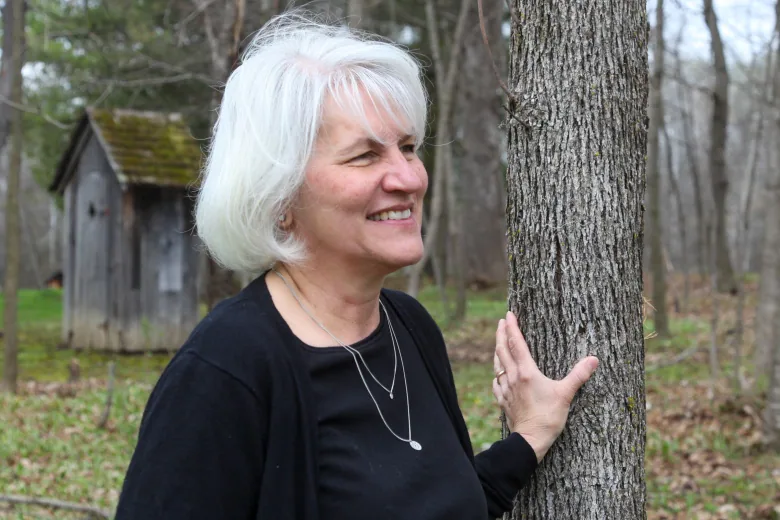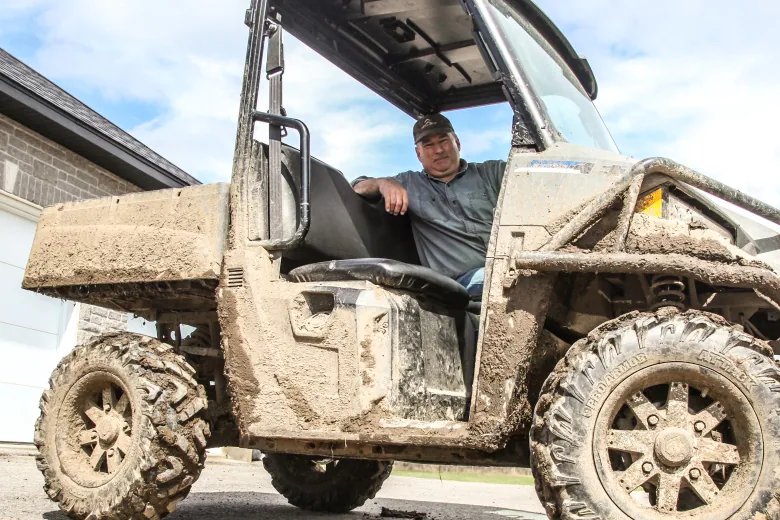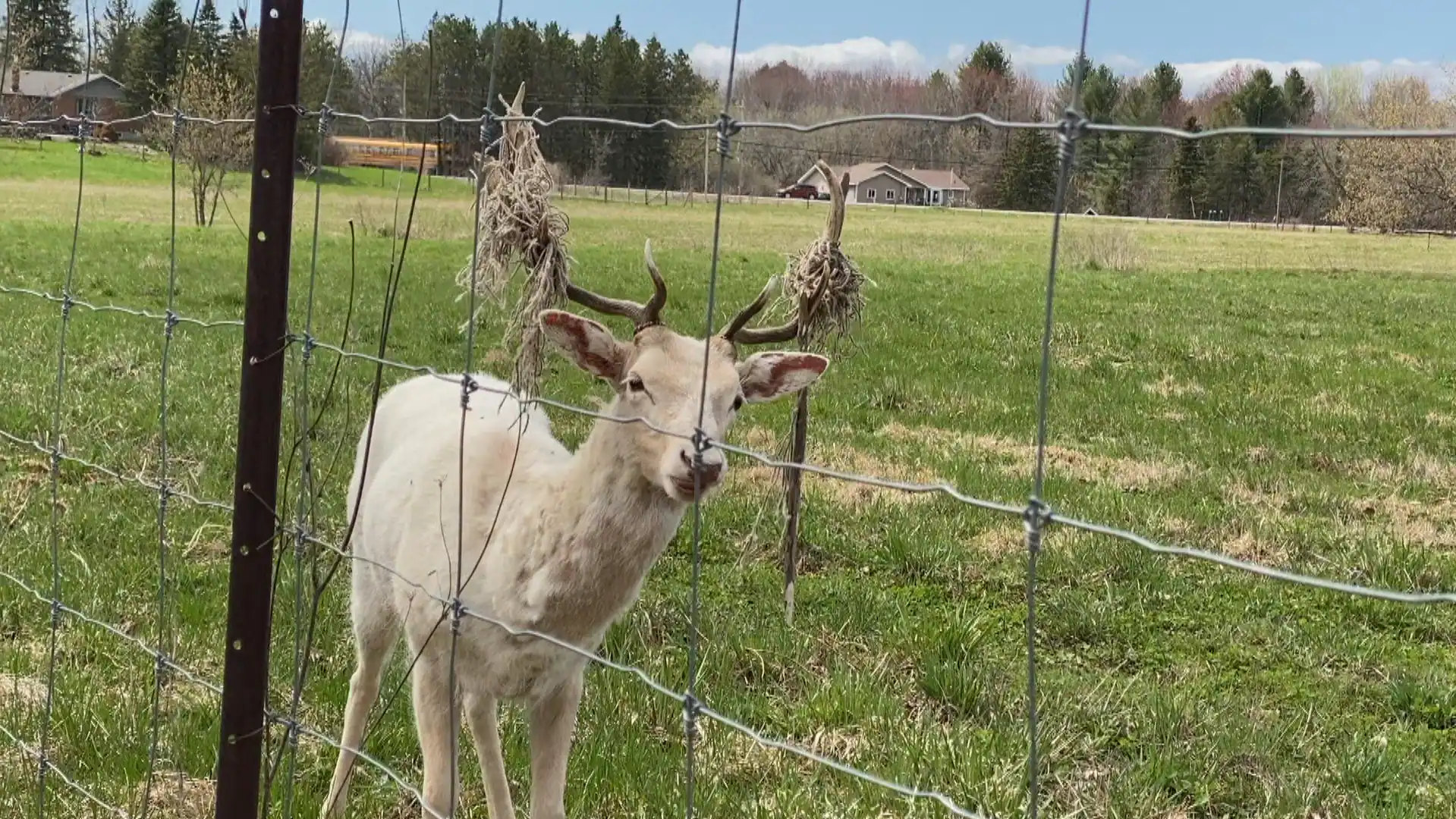A white fallow deer has moved into a field near the village of Manotick in south Ottawa to the delight of nearby residents.
The stag, a male deer native to Europe, but not North America, was first spotted along River Road in Manotick in September.
Looking as if it has stepped from the pages of a children’s fairy tale, the muscular white buck is still carrying his distinctive swept-back, palmated, or moose-like, antlers.
Hikers and dog walkers along the Osgoode Link Path started to catch glimpses of the animal’s bright white coat shining through the trees.
Resident Lolita Graham said her husband didn’t believe her when she told him about the deer’s comings and goings.
The couple were preparing for a wedding when she spotted the white stag out a nearby window.
“It walked along the fence line and disappeared there,” she pointed to a field south of her family’s property.
Graham turned to the internet to look at examples of albino deer, along with elk and caribou, but none quite matched the body shape and antler profile of the animal she’d seen.
A few weeks later, when friends were visiting, Bob Graham teased his wife by saying: “Did you tell them about the unicorn you saw out in the back?”

Deer native to Turkey
The figure of a white stag, an animal originally native to Turkey, has appeared in both Greek and Celtic mythology, and even Arthurian legend.
“Hunters of old pursued the miraculous stag,” Robert Baden-Powell told a world gathering of scouts in 1933, “not because they expected to kill it, but because it led them in the joy of the chase to new and fresh adventures, and so to capture happiness.”
The white stag of Manotick had more adventure than he could handle this winter, said Pierre Leonard, who keeps horses in a field adjacent to the Graham’s property and who has become something of a guardian angel to the visitor.
Netting is entangled in his antlers and Leonard believes it’s evidence someone has tried to capture the stag.
“So we’re trying not to get too close to him,” he said.
WATCH | Appearance of white deer stumps Manotick residents:
Pierre Leonard, who owns a farm in Manotick, says a white fallow deer showed up amongst his horses last fall and seems to be in no hurry to leave. 0:39
Farmer cares for stag
When the weather turned frigid and the white deer began to falter, Leonard purchased specially fortified deer feed from a farm supply store and began leaving it out for the stag.
The deer now is accustomed to Leonard’s nearly silent electric ATV he uses to make the regular rounds.
When the white stag began reappearing in his yard alongside the horses, the farmer decided to leave the gate open so the creature could come and go unimpeded.
The snow was deep and the stag eventually forced his way into a disused shed on Leonard’s property where it slept.
“He gained a little bit of weight and now looks healthy,” said Leonard, who joked the stag has adopted his five horses.

Likely came from deer farm
Keith Munro, a wildlife biologist with the Ontario Federation of Anglers and Hunters, said it is likely the fallow deer will shed its antlers this month.
Munro said the animal has likely come from one of about 350 deer farms across Ontario.
He said the federation opposes deer farms out of concern pathogens, especially chronic wasting disease, may spread from farmed animals to the wild population.
He’s also concerned a deer raised in captivity may not co-exist well with the native population of white-tail deer.
Fallow deer operations are not required to register with the Ontario Ministry of Agriculture, Food and Rural Affairs and a spokesperson said the ministry doesn’t know where the animal might have escaped from.
The owner of a deer farming operation in Ontario is required to report an escape to the Ontario Ministry of Northern Development, Mines, Natural Resources and Forestry, no active report could be found.
Reference-www.cbc.ca
